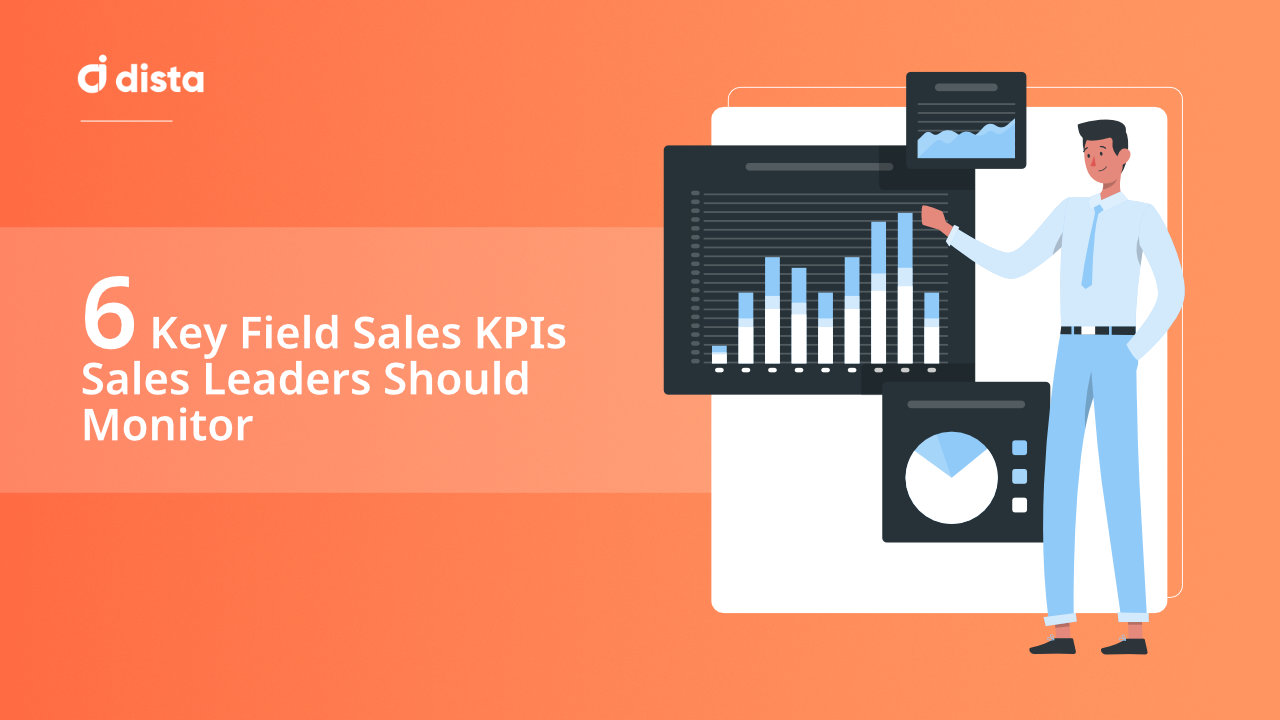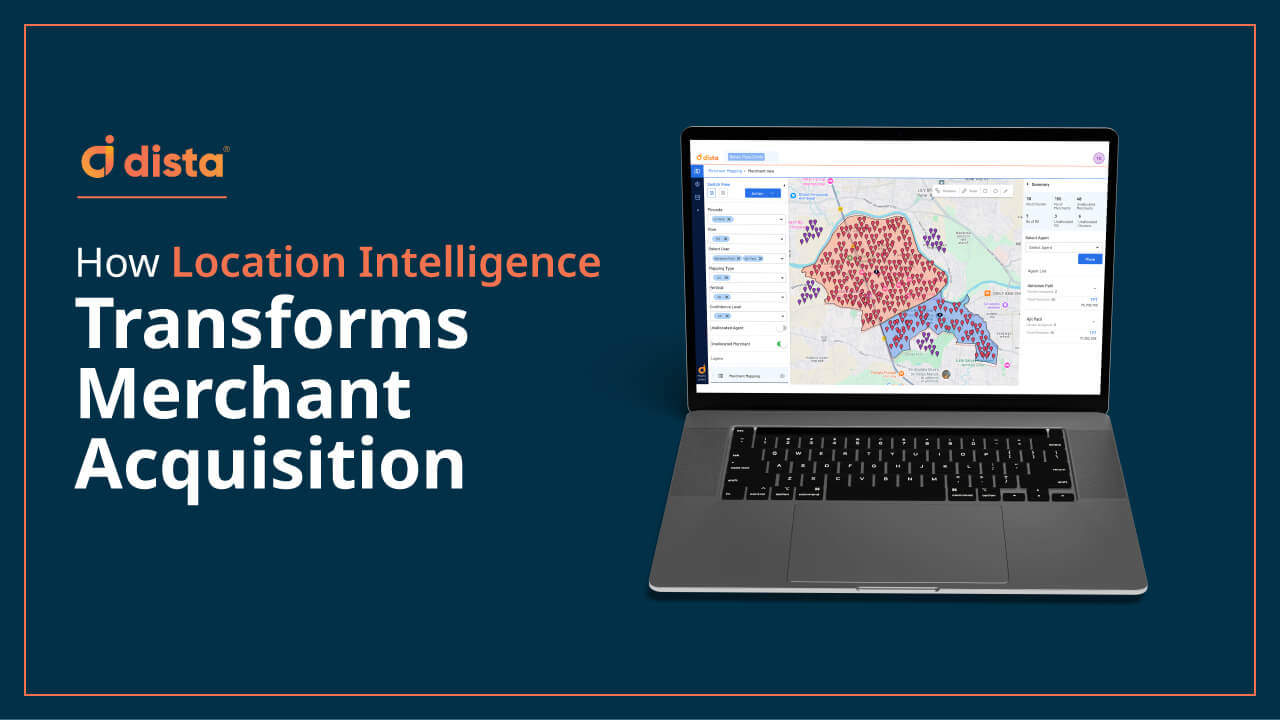Importance of Monitoring Field Sales KPIs
Monitoring sales Key Performance Indicators (KPIs) help with real-time visibility into sales teams’ performance. By closely tracking metrics like revenue, conversion rates, sales productivity, etc., businesses can quickly identify areas of improvement and take measures to drive sales growth. It also helps them stay ahead of the competition by leveraging data-driven insights to innovate and differentiate their sales approaches.
Top 6 KPIs Sales Leaders Should Measure
1. Revenue (Target Vs. Achievement)
This KPI focuses on achieving revenue targets and measuring the actual performance against them. By closely monitoring target vs. achievement, sales leaders can take proactive measures to drive revenue, identify areas of improvement, and ensure sales teams consistently meet their goals.
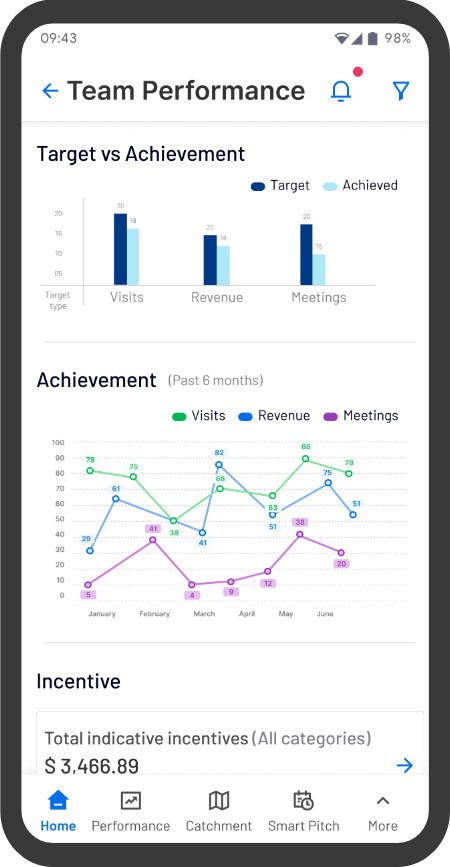
2. Sales Productivity
Sales productivity measures the efficiency and effectiveness of the sales team in generating revenue. It considers various factors, including total deals closed, visits for the day, and time spent on sales activities. Improving sales productivity allows leaders to optimize resources, streamline processes, and maximize revenue generation with existing resources.
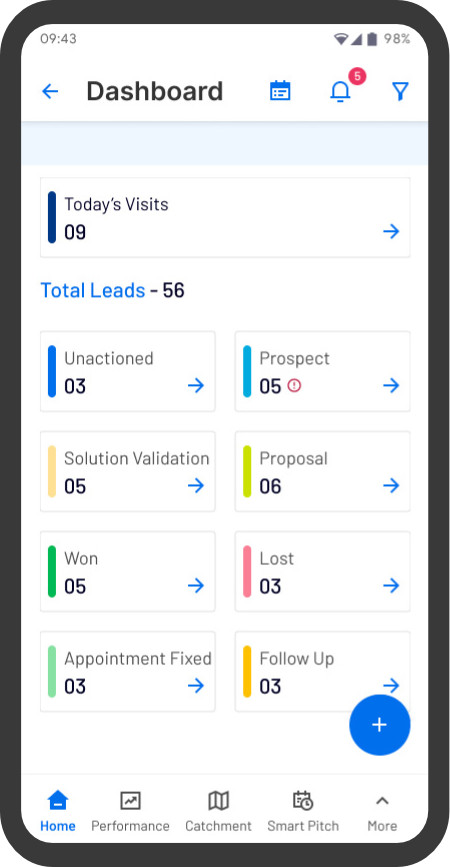
3. Faster Lead Actioning
A prompt response to prospects is crucial for converting them into customers. By reducing lead response time, sales leaders can increase the chances of closing deals and prevent potential leads from going cold or choosing competitors. Most sales leaders leverage AI-based sales enablement tools to assign leads to their outside sales reps based on lead proximity, classification, capacity, and skillset. This helps with timely lead action and higher conversion rates.
Also read: Why Your Organization Needs a Sales Management Platform
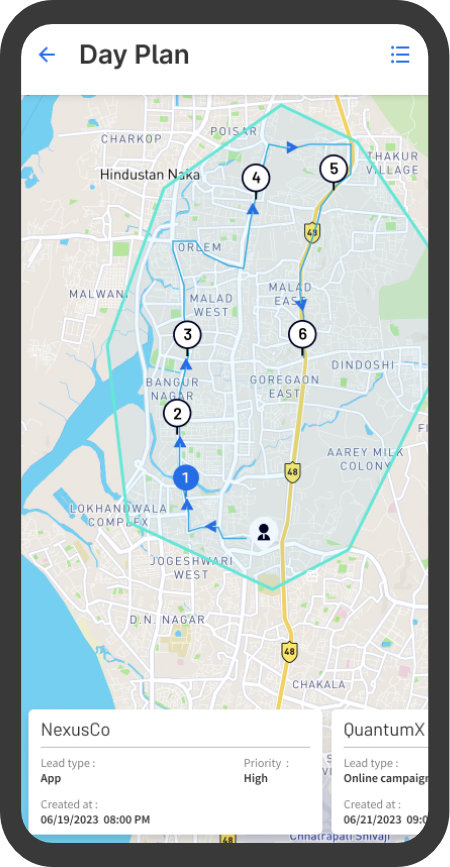
4. Territory Coverage
Territory coverage measures the extent to which the sales team reaches and engages potential customers within their assigned territories. It ensures that all target accounts are covered and minimizes the possibility of missing opportunities. Monitoring territory coverage helps sales leaders evenly distribute resources and identify areas that require additional support.
With Dista Insight, our geospatial analysis software, sales Leaders can visualize, strategize and operationalize significant field operations via a single, intuitive dashboard.
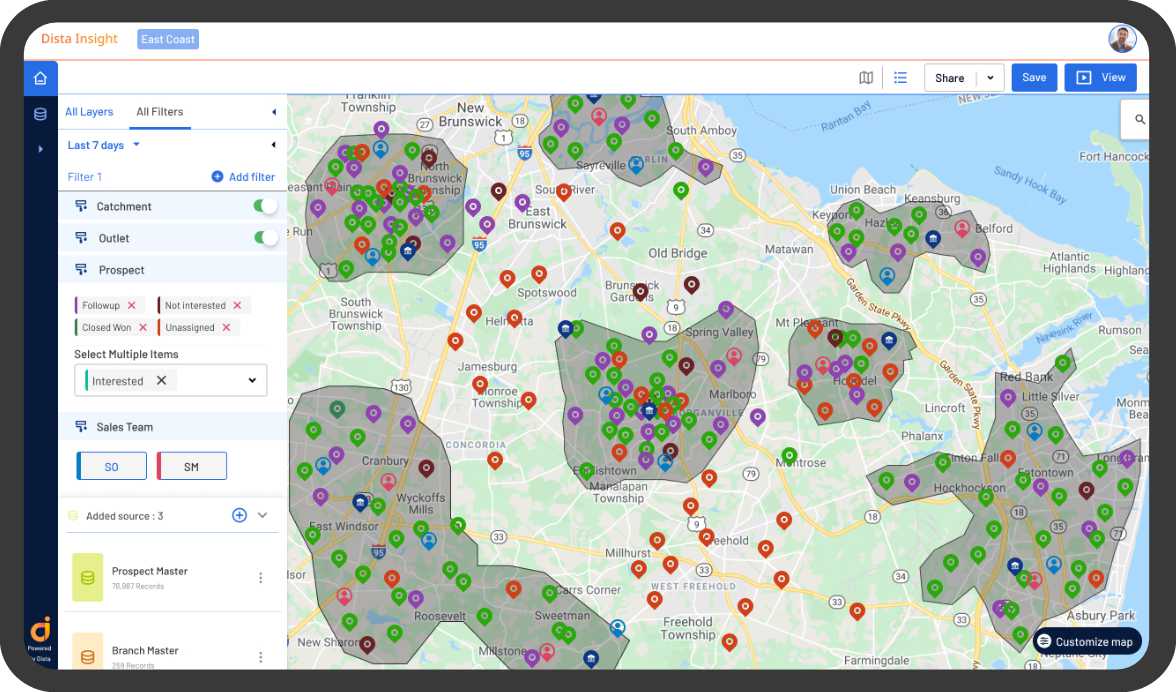
5. Sales Activities and Ops Optimization
This KPI assesses the quantity and quality of sales activities performed by the sales team. It includes metrics like client meetings, calls made, lead lifecycle, collaterals shared with customers etc. Sales leaders can analyze these activities to identify patterns, allocate resources effectively, and optimize sales operations for better outcomes.

6. Discipline and SLA Adherence
This KPI focuses on adherence to sales discipline and service level agreements (SLAs). It measures the compliance of the sales team with established sales processes, standards, and timelines. Adhering to SLAs help sales leaders maintain consistency, reliability, and customer satisfaction throughout the sales process.
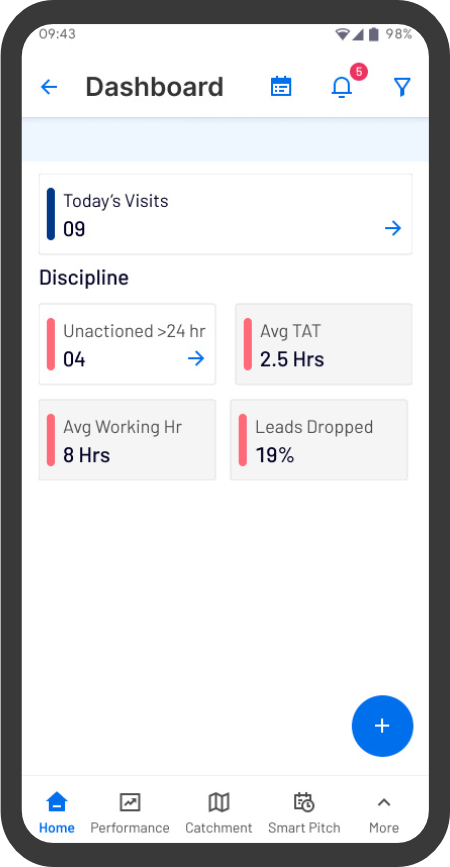
Here's how Dista's customers have seen success by applying location intelligence to their field sales organization.


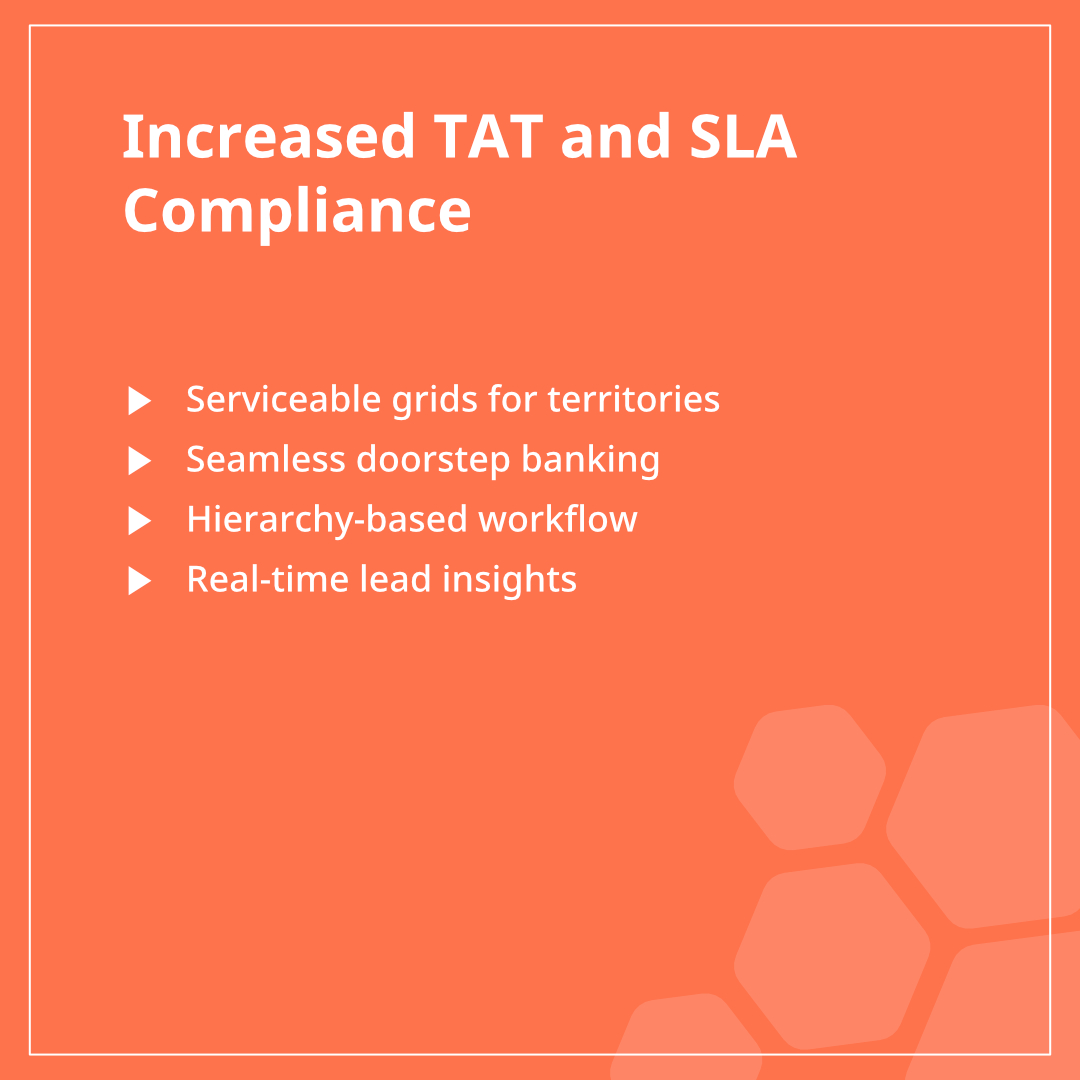
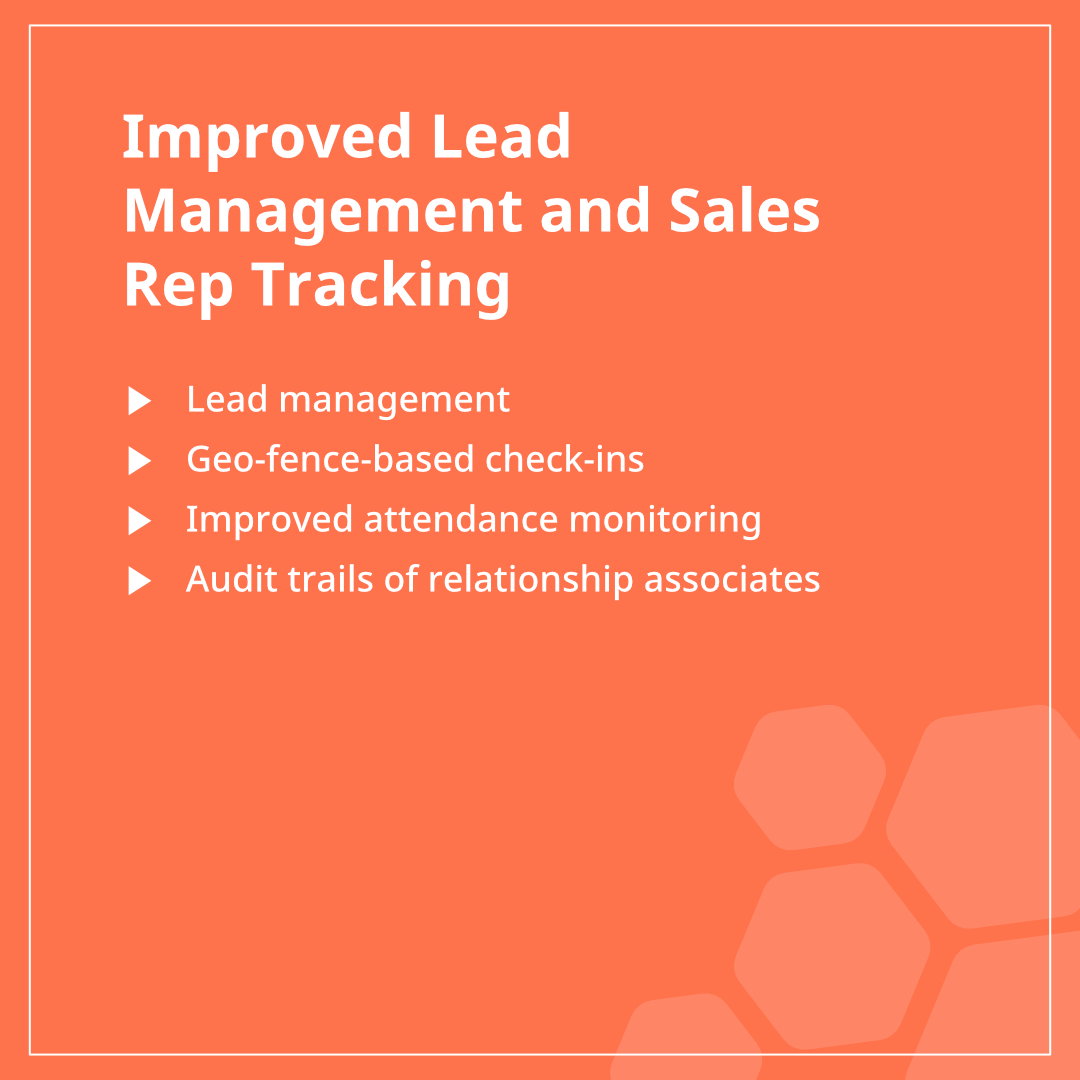
Final Thoughts
The priority of the KPIs above may vary depending on organizational goals, challenges, and preferences. It’s essential to align these KPIs with your business objectives and assess and adjust them based on performance and market conditions. Do you have an outside sales team? Looking for a software to monitor their performance? Get in touch with us for a quick demo.
Gartner Peer Reviews: Dista Sales


